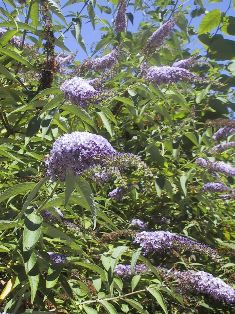Butterfly bush identification and control
Buddleia davidii
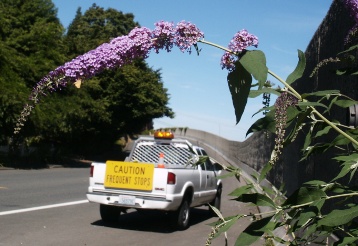
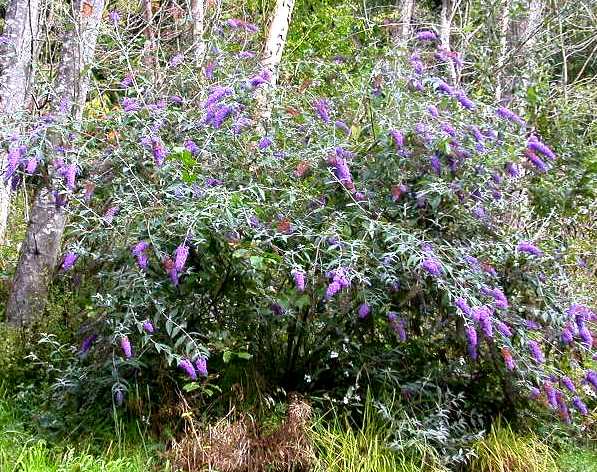
Legal status in King County, Washington
Butterfly bush is a Class B noxious weed on the Washington State Noxious Weed List. It is on the Non-Regulated Noxious Weed List for King County, Washington. Control of butterfly bush in King County is recommended but not required. Butterfly bush is on the state quarantine list, and it is illegal to buy, sell or offer this plant for sale in Washington.
For more information see Noxious Weed Lists and Laws or visit the website of the Washington State Noxious Weed Control Board.
The King County Noxious Weed Control Board encourages property owners to remove butterfly bush where possible and to avoid introducing it to new landscapes. Ornamental plantings can be contained by removing flower stalks before they form seeds.
Identification (see below for more photos)
- Deciduous shrub up to 15 feet tall with arching branches
- Showy flower spikes grow at the branch ends, either upright or often nodding, 4 to 10 inches long
- Flowers typically light purple with orange centers (hence the common name "orange eye"), four-petaled, bell-shaped, and in dense clusters
- Cultivars have been developed with a range of colors including red, magenta, blue, orange, yellow, white and dark purple
- Young stems are green, older stems have peeling, gray-brown bark
- Leaves are long and narrow or somewhat egg-shaped and arranged oppositely on the branches
- Leaves are usually 4 to 10 inches long and 1 to 3 inches wide
- Edges of the leaves are toothed
- Upper leaf surface is deep green to blue-gray, while the undersides seem whitish due to dense covering or short, fuzzy hair
- Flowers bloom between mid-summer and the first frost in Washington State
- Seed capsules split in two to release small, winged seeds
Habitat and impact
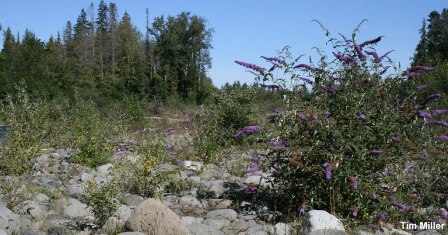

Growth and reproduction
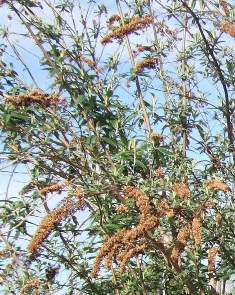
Once established, butterfly bush is tough to eliminate. Seeds remain viable in the soil for 3 to 5 years. Butterfly bush can re-sprout from the rootstock after it can been damaged or cut down to its base, and the cut stems can grow into new plants if not disposed of properly.
Control
Prevention: Don't let butterfly bush go to seed. Remove spent flowerheads in the fall before they disperse seeds (don't wait until spring) and discard these in the garbage to avoid spreading seeds. Consider using other species in your landscape (see the garden wise publication for suggestions). For existing plantings, consider removing the butterfly bush to prevent its spread.
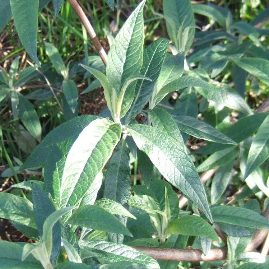
Disposal: Branches should not be left on the bare ground because they can form roots and re-grow. Do not discard branches or root balls in natural areas or on roadsides because they can re-grow and spread. Branches can be burned, put in your yard waste container, or taken to a landfill or yard waste composting facility. Seedheads should be discarded in the garbage. If you cut seedheads after the fall, place a bag around them before cutting off to minimize dispersal of the seeds.
Chemical control: Controlling butterfly bush by spraying with a brush-control herbicide is somewhat effective, but for better results, cut the trunk off at the base and apply concentrated glyphosate (such as in Roundup) or triclopyr (such as in Garlon or Brush B Gon) to the freshly cut surface. For more detailed information on the cut stump treatment method and more information on using herbicides to control weeds in different crops and locations, please see the Pacific Northwest Weed Management Handbook. Always follow the label directions on any herbicide product you use to minimize any potential risks to you and the environment, and follow all applicable laws and regulations regarding herbicide use on your site. Contact the Noxious Weed Program if you are unsure about what to do.
Biological control: There are currently no biocontrol agents available for managing butterfly bush. See the biological control page for more information.
Cultural/grazing: Although goats will eat butterfly bush and can cause damage to the plants, they will not kill or eradicate this plant. Consider using goat grazing as part of an integrated program with other methods, perhaps followed up by manual or chemical treatment.
Additional information on butterfly bush
- Washington State Noxious Weed Control Board (external link)
- King County butterfly bush weed alert (download Adobe Acrobat file)
- WSU Extension Butterfly Bush Bulletin (download Adobe Acrobat file)
- University of Washington Burke Museum Herbarium Image Collection - Buddleja davidii (external link)
- Oregon Department of Agriculture Butterfly Bush Profile (external link)
- Garden Wise: Non-invasive Plants for Your Garden (external link)
What to do if you find this plant in King County, Washington
Because butterfly bush is so widespread, property owners in King County are not required to control it and we are not generally tracking infestations. We can provide advice on how to control butterfly bush, but there is generally no legal requirement to do so. We are tracking locations of butterfly bush in some wilderness areas as part of the Upper Snoqualmie Invasive Weed Control Project and could always use more Weed Watchers for this effort.
Butterfly bush photos

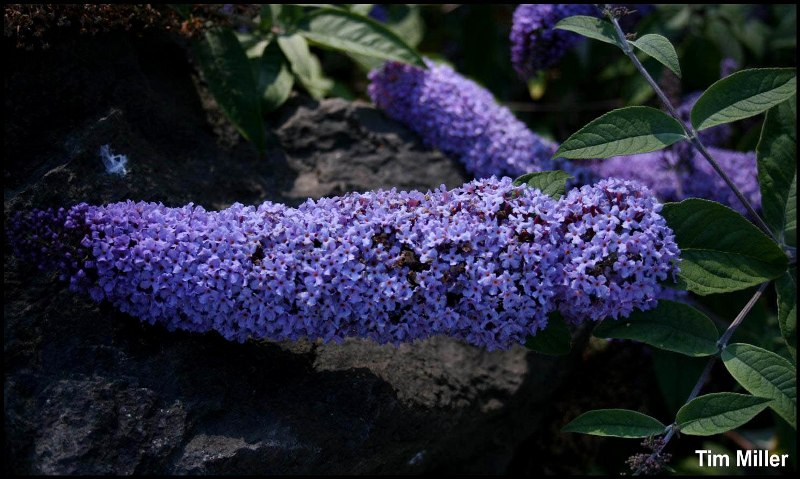
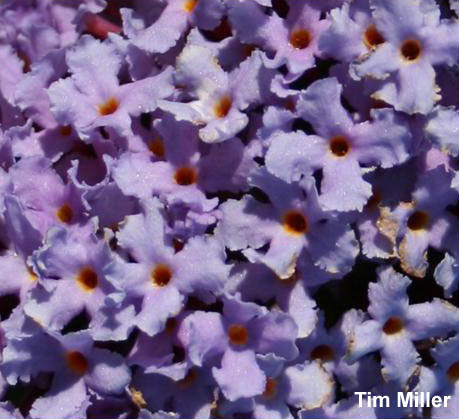
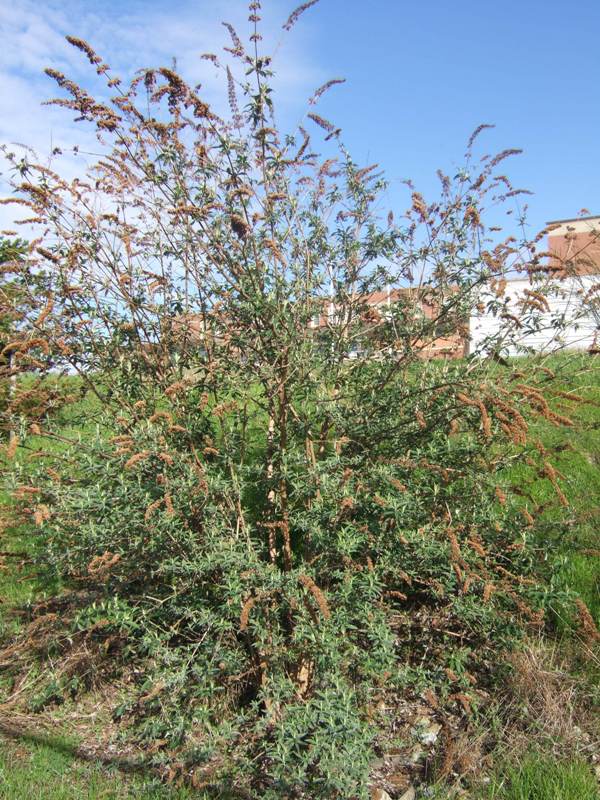
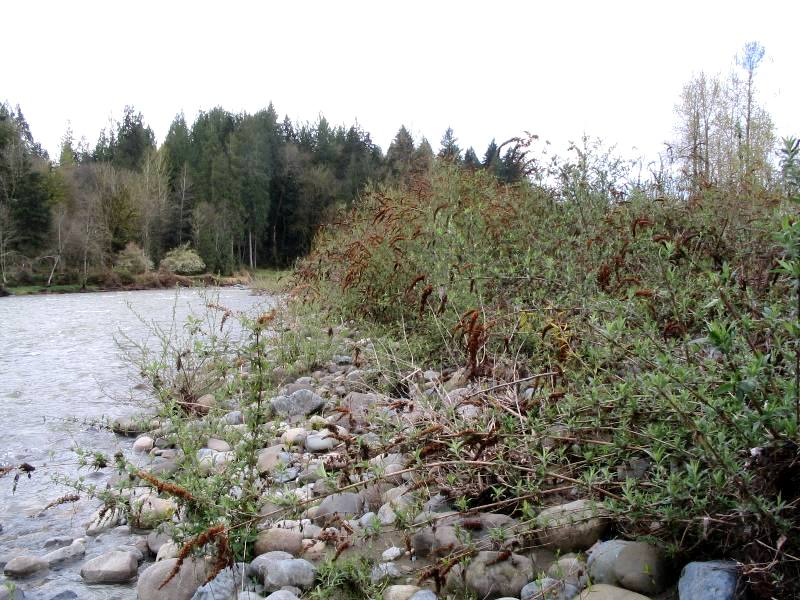
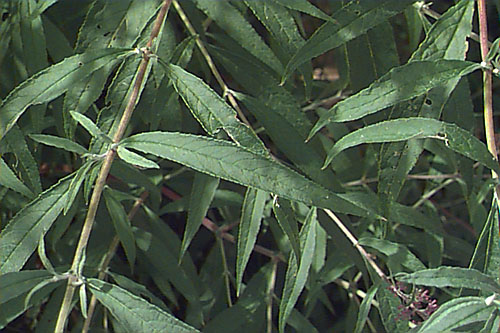
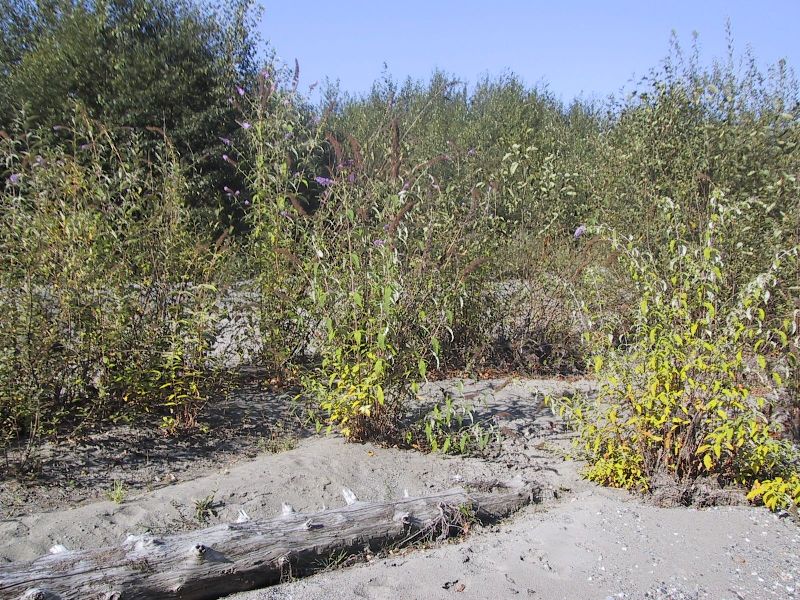
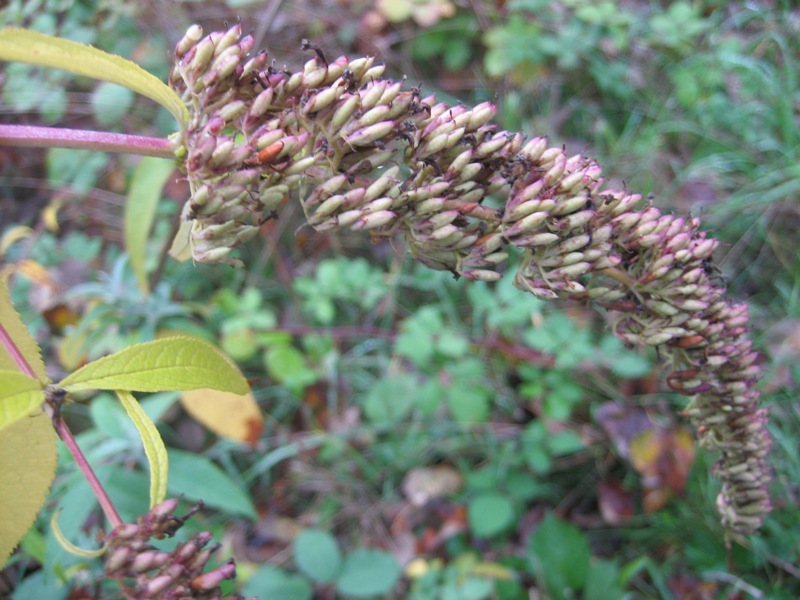
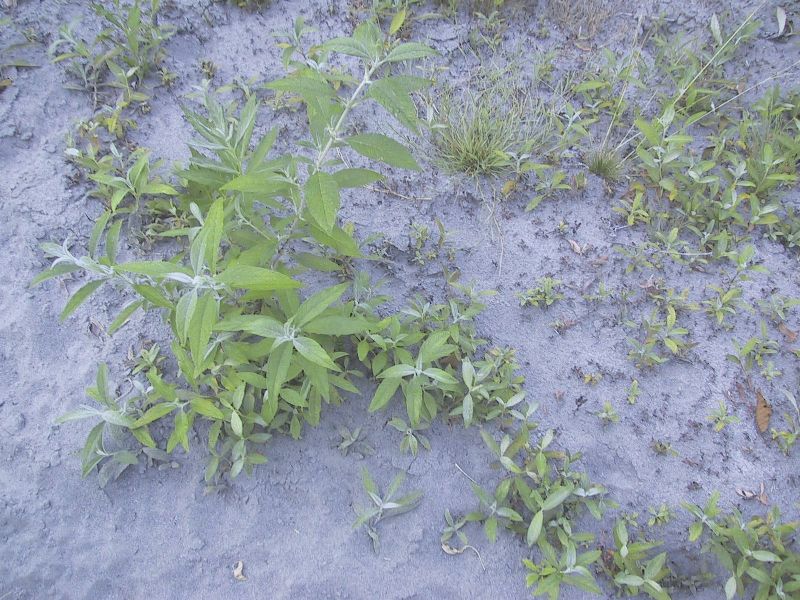
Please Note: Photos on this page were provided courtesy of the Thurston County Noxious Weed Board, the Washington State Noxious Weed Board, Tim Miller, Jennifer E. Leach, and the King County Noxious Weed Board. Please do not use these photos without permission from the photographer. Contact the Noxious Weed Program for permission to use and photographer contact information.
Related information
Related agencies
Program offices are located at 201 S. Jackson St., Suite 600, Seattle, WA 98104. To contact staff, see the Noxious Weed Control Program Directory, send an email, or call 206-477-WEED (206-477-9333).

 Translate
Translate
